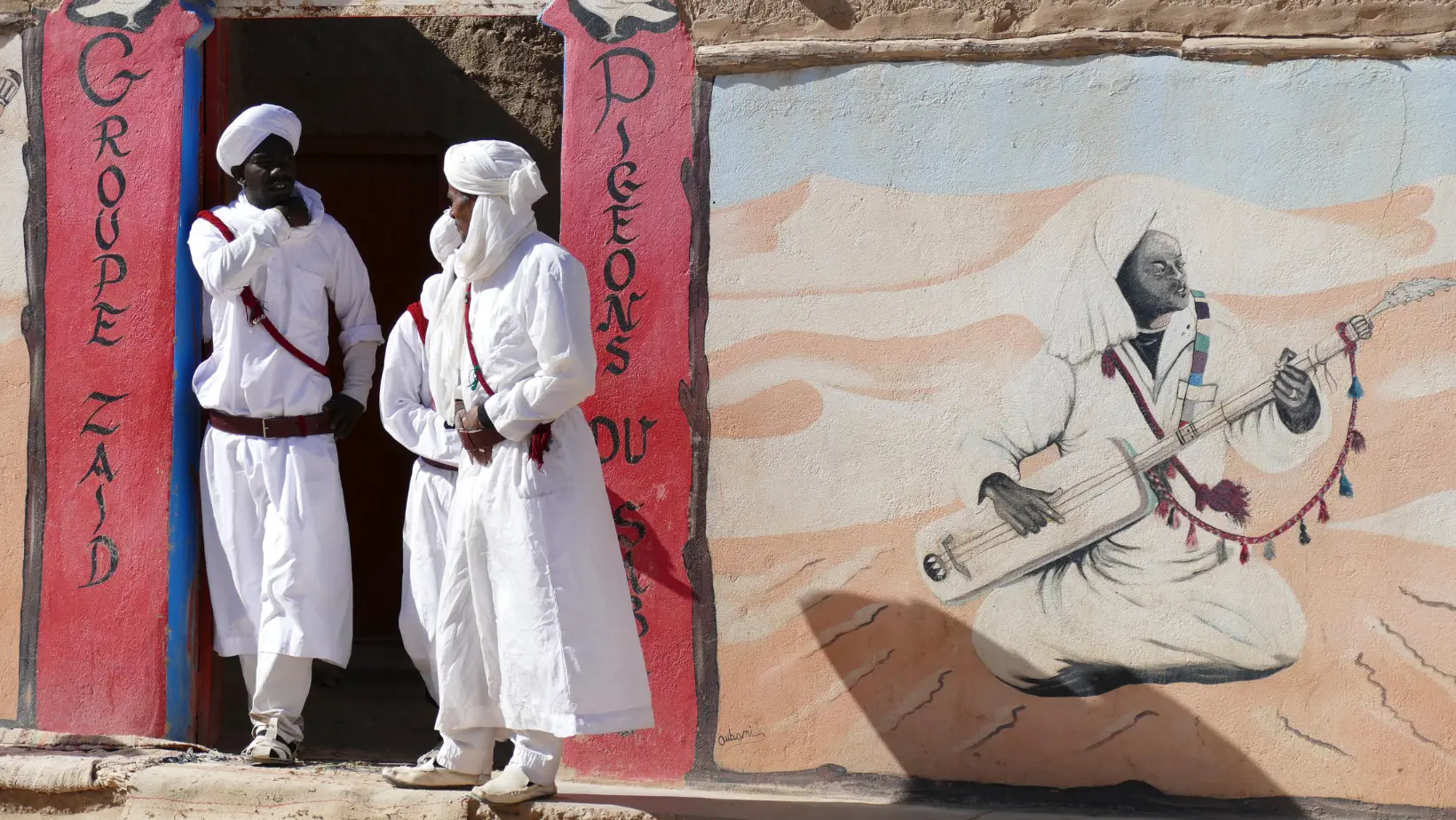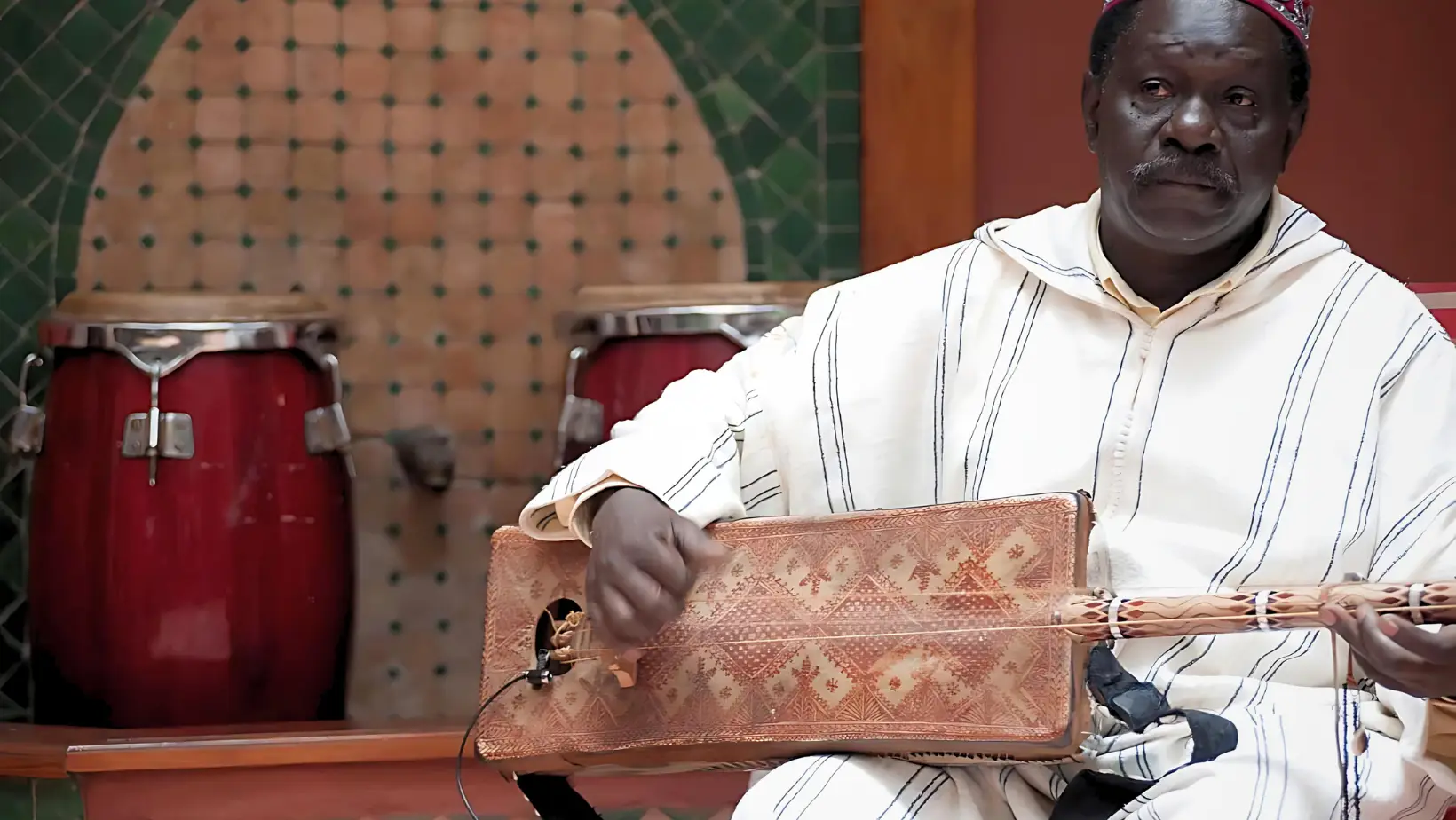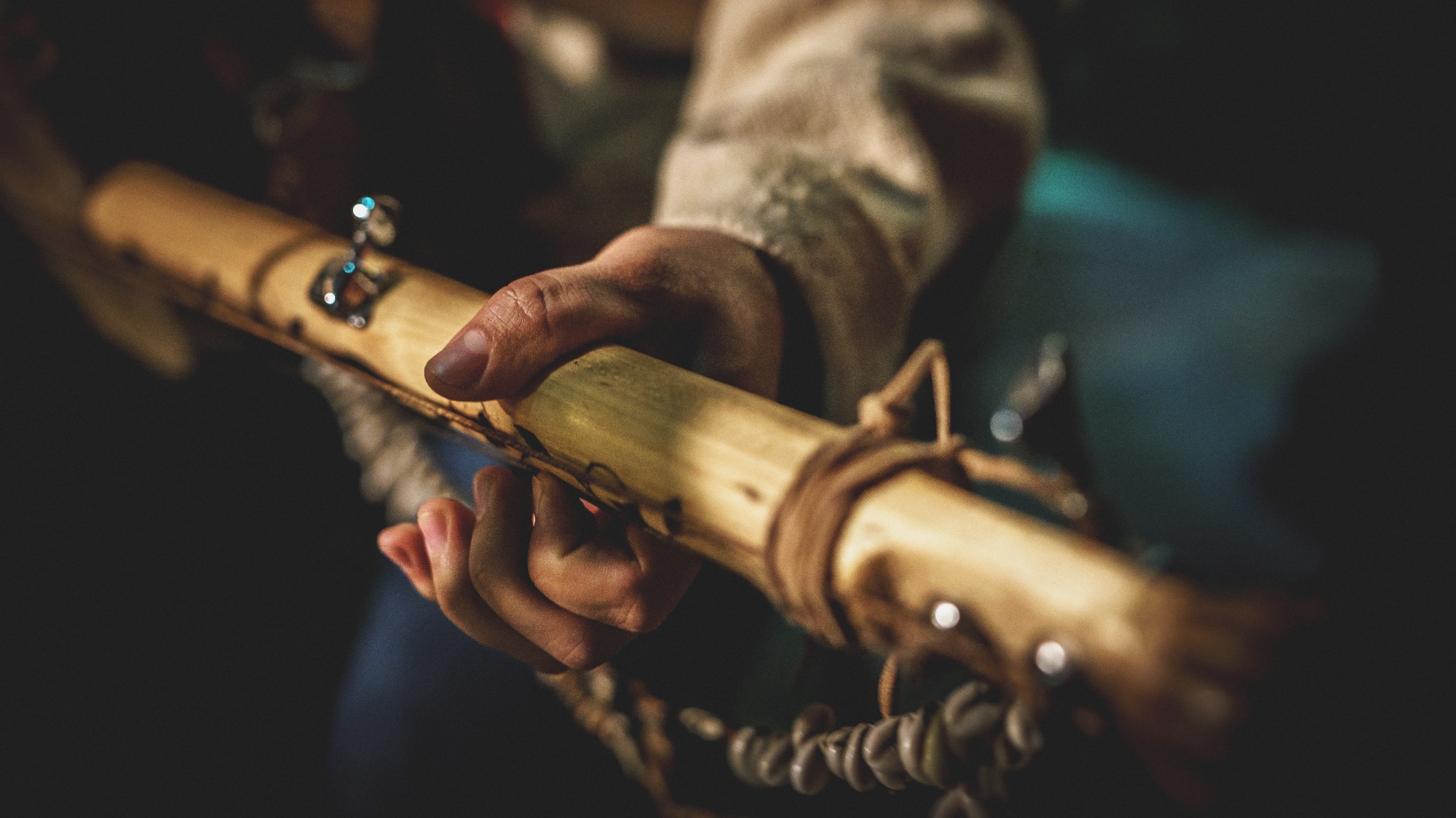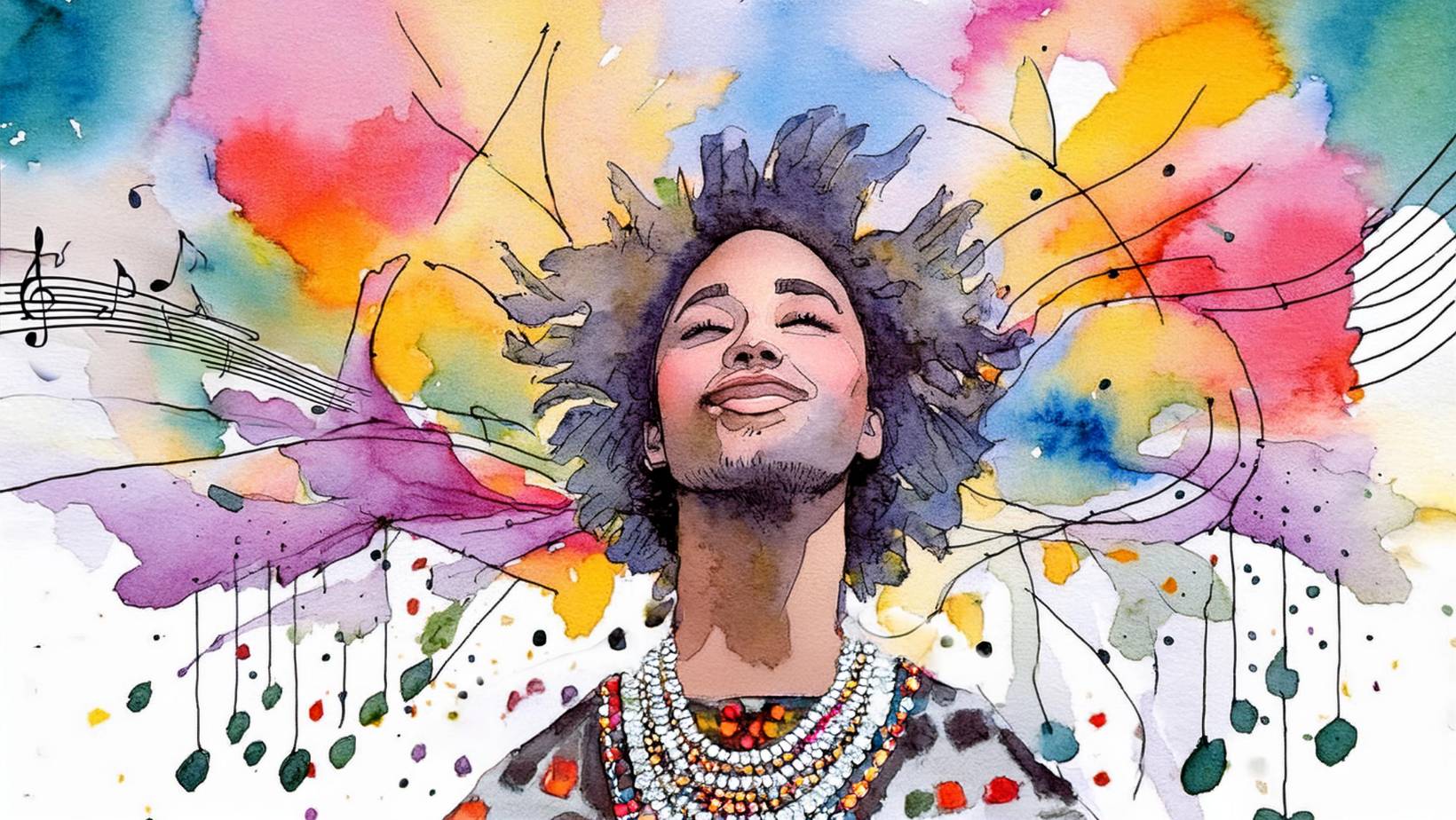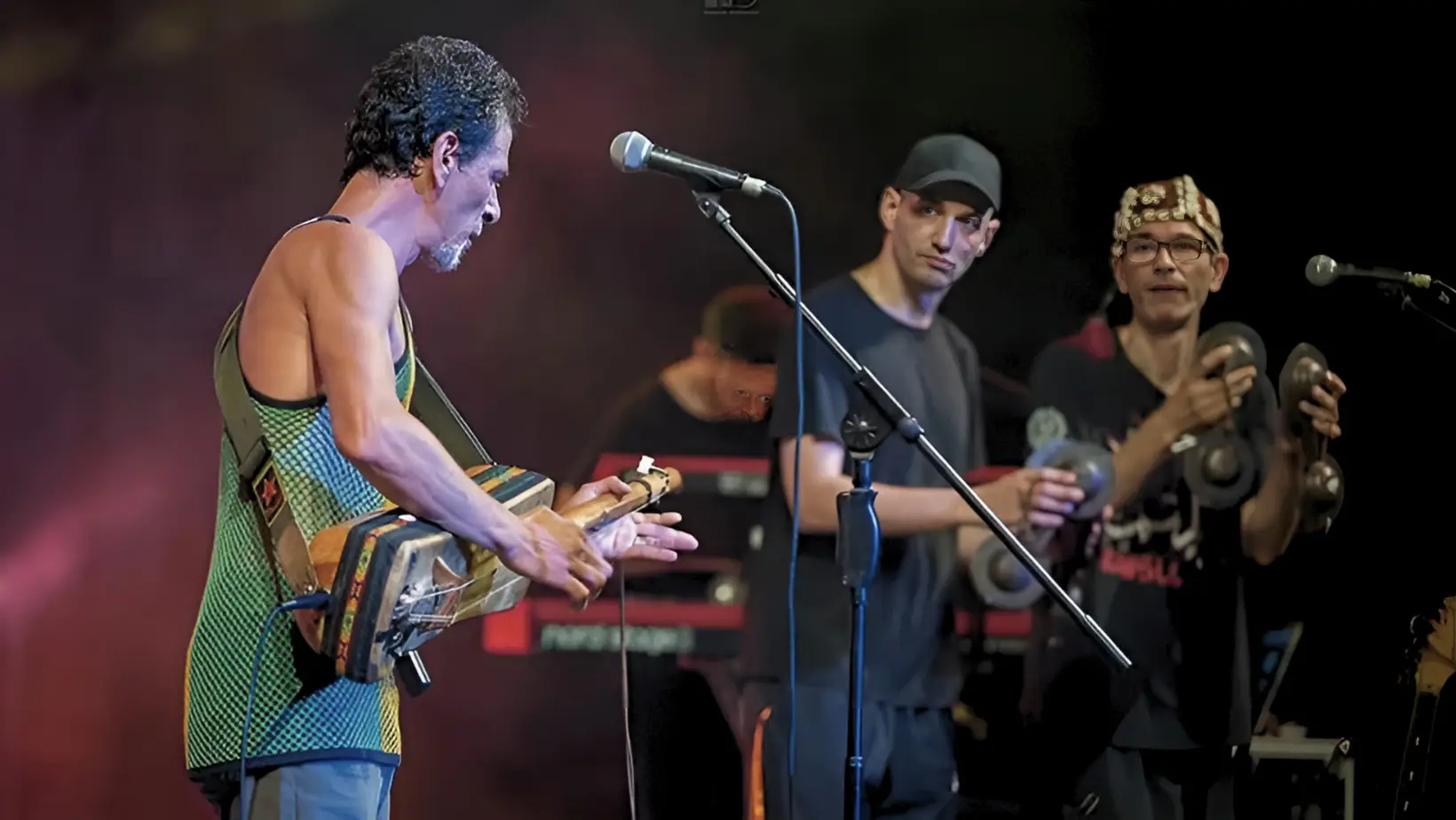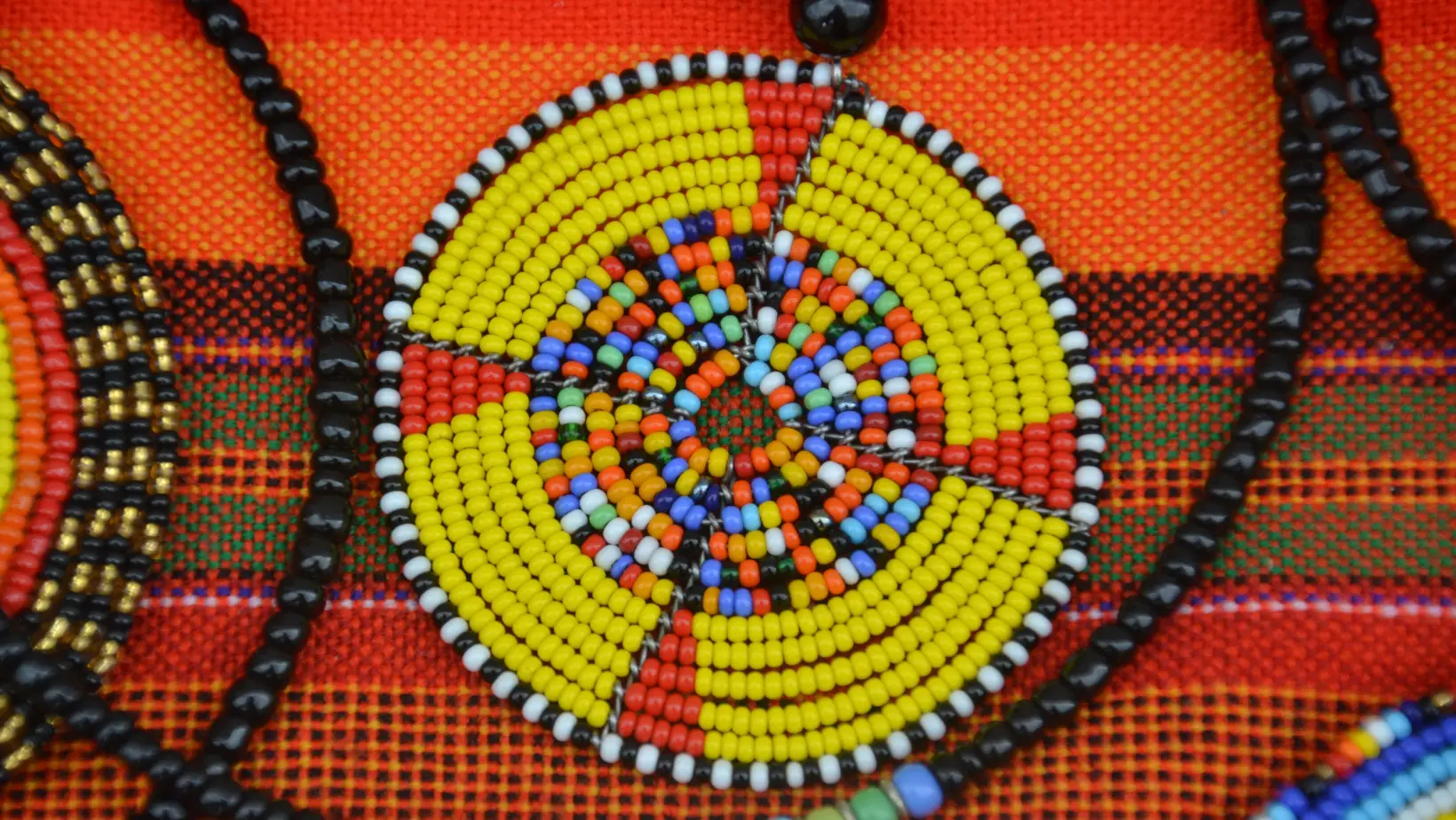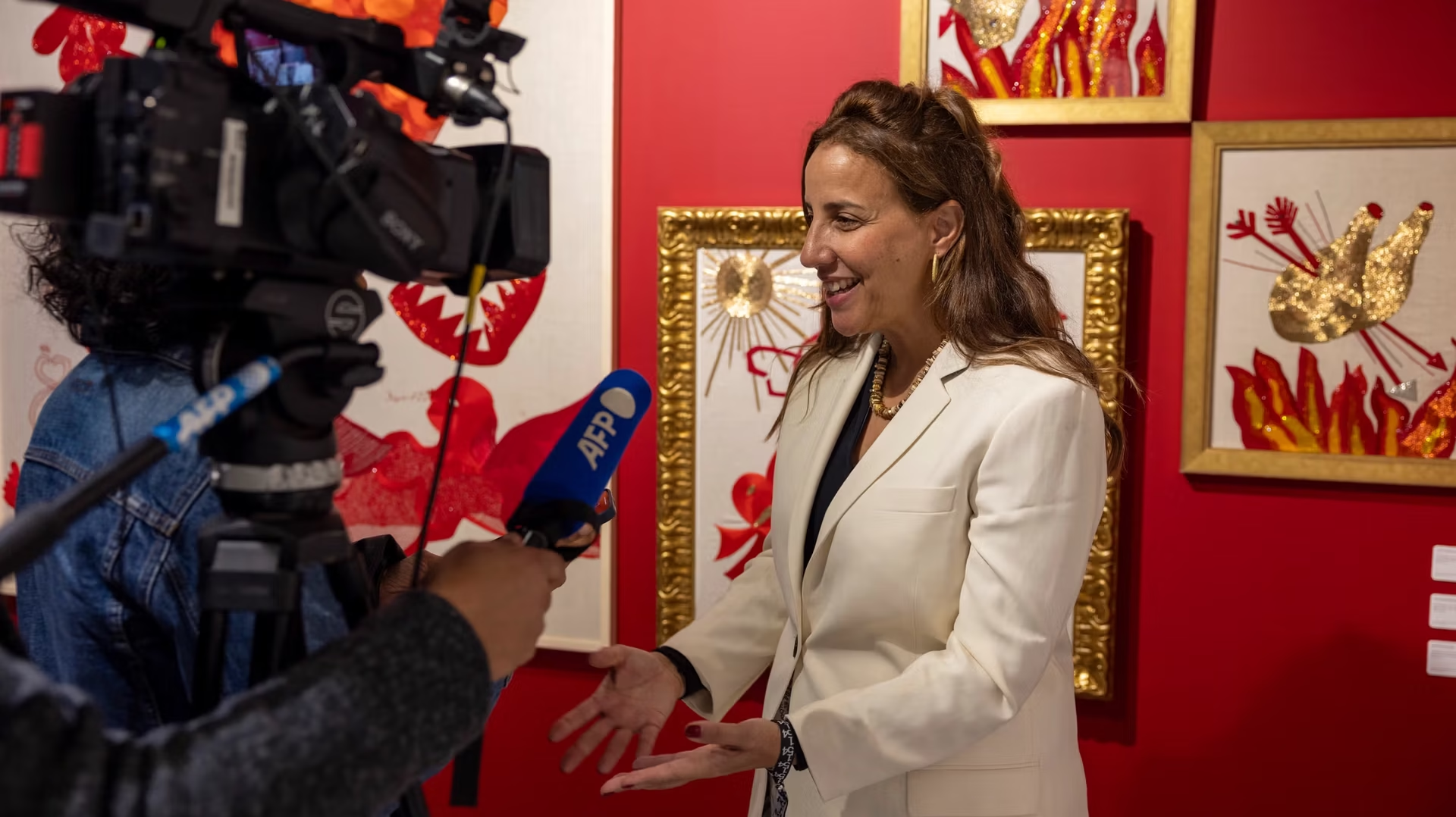Gnawa culture, with its rich spiritual and musical traditions, has not only captivated audiences through live performances but also through various portrayals in film and literature. These mediums offer a unique lens through which the broader public can explore the intricate aspects of Gnawa rituals, music, and history. In this article, we review how Gnawa culture has been depicted in movies, documentaries, and books, analyzing the accuracy of these portrayals and their impact on cultural perception.
Film and Documentary Portrayals
1. “Trances” (1981) – Directed by Ahmed El Maanouni: One of the earliest filmic representations of Moroccan music, including Gnawa, is Ahmed El Maanouni’s “Trances.” While primarily focusing on the band Nass El Ghiwane, the documentary touches upon the broader musical landscape of Morocco, which encompasses Gnawa music. The film is significant for its authentic portrayal and for highlighting the deep spiritual and social roles that music plays in Moroccan society.
2. “Gnawa Music of Morocco” (1996) – Directed by Izza Génini: This documentary dives directly into the heart of Gnawa music, providing an intimate look at the Lila ceremonies and the role of the Maâlem. It’s praised for its detailed depiction of the spiritual and healing aspects of the music, offering viewers an in-depth understanding of the complexities and nuances of Gnawa traditions.
Literary Depictions
1. “The Voices of Marrakesh” by Elias Canetti: Nobel laureate Elias Canetti’s travelogue, “The Voices of Marrakesh,” provides a poignant glimpse into the sounds and sights of Marrakesh, including his encounters with Gnawa musicians. Although not exclusively about Gnawa, Canetti’s reflections capture the mystical allure of the music and its impact on a foreign observer. His narrative, while from an outsider’s perspective, respects the cultural significance of Gnawa music.
2. “Secret Son” by Laila Lalami: In this novel, Laila Lalami touches on Gnawa music as part of the broader cultural tapestry of Morocco. The story offers a contemporary view of Moroccan life, where traditional music like Gnawa plays a role in shaping the identities of the characters. Lalami’s work is important for embedding Gnawa culture within modern narratives, showcasing its relevance in contemporary Moroccan society.
Analyzing Accuracy and Impact
The accuracy of these portrayals varies. Documentaries like “Gnawa Music of Morocco” tend to offer a more authentic and respectful representation, focusing on the music’s spiritual depth and cultural context. Films and literature, however, may risk simplifying or exoticizing Gnawa culture to appeal to broader audiences unfamiliar with its complexities.
The impact of these portrayals on cultural perception is profound. On the positive side, they have introduced Gnawa culture to global audiences, sparking interest and appreciation for this rich musical tradition. They have also played a role in preserving the culture by documenting its practices and educating the public about its significance.
However, there is a risk of misrepresentation, where the nuances of Gnawa rituals and their spiritual meanings might be overshadowed by a focus on their exotic aspects. This can lead to misunderstandings about the culture and its people.
Conclusion
As Gnawa culture continues to gain visibility on the global stage, the roles of film and literature in shaping perceptions about this unique heritage remain crucial. While these portrayals have generally contributed positively to the appreciation and understanding of Gnawa music and rituals, continuous efforts are needed to maintain accuracy and respect for the culture’s depth and spirituality. For Gnawa culture to be truly appreciated, it must be depicted in a manner that honors its rich traditions and ongoing evolution.
